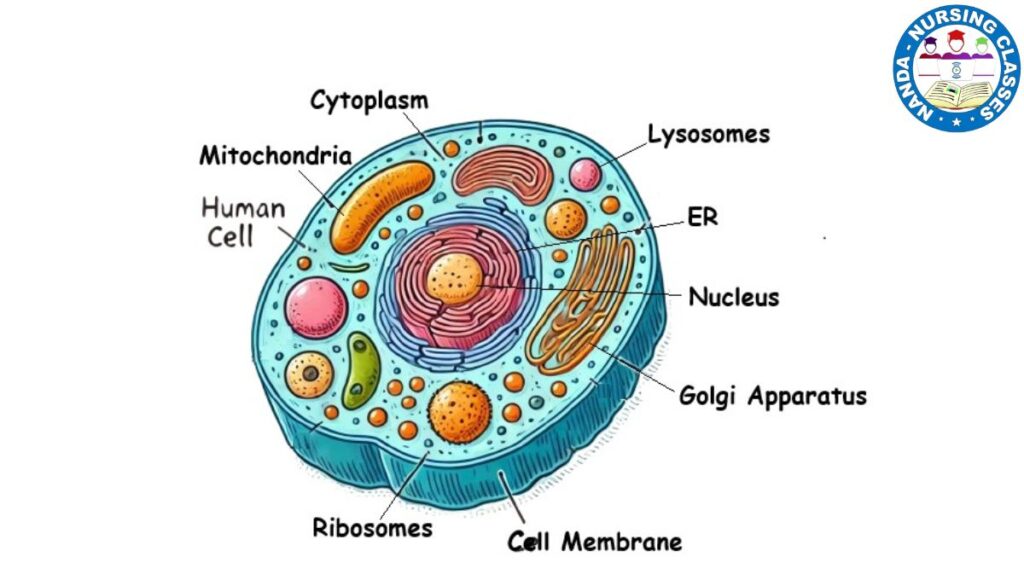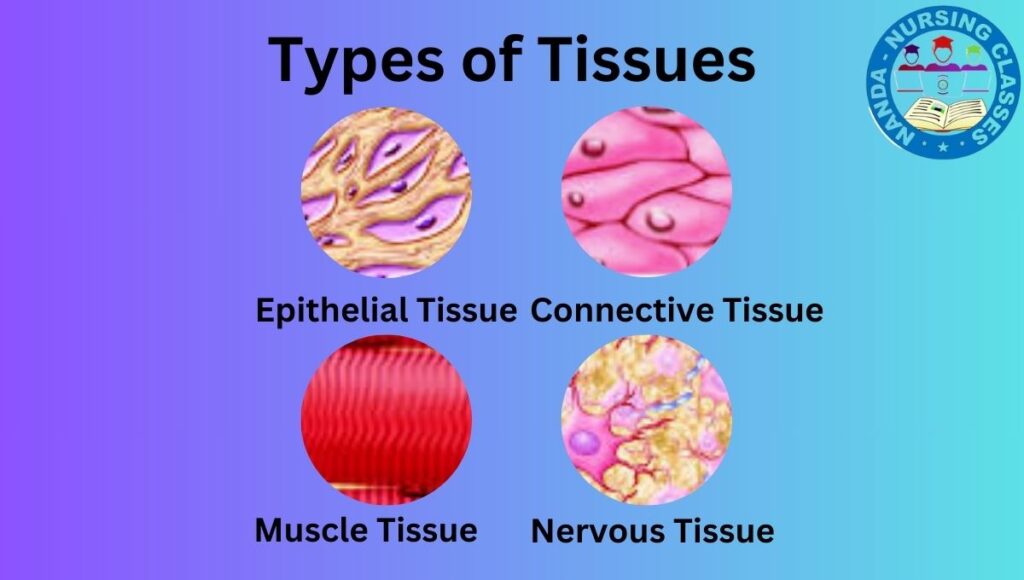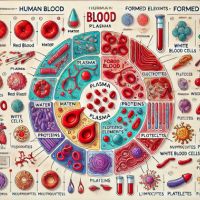The skeletal system is a vital topic of study for both nursing students and medical professionals, including doctors specializing in orthopedics and anatomy. This complex framework, made up of bones, cartilage, ligaments, and joints, provides the body with shape, support, and mobility. It plays a critical role in protecting internal organs, producing blood cells in the bone marrow, and storing essential minerals such as calcium and phosphorus. Understanding the structure and function of the skeletal system is essential in the study of human anatomy and physiology, especially for those pursuing careers in medicine and nursing.

Skeletal System 🦴
What is skeletal system of the human body?
The skeletal system is the body’s internal framework made up of bones, cartilage, ligaments, and joints. It not only provides shape and support but also protects vital organs, assists in movement, and serves as a site for producing blood cells and storing minerals.
✅ Skeletal System functions
What are the Functions of the Skeletal System?
The skeletal system is not just a rigid structure for the body; it performs several vital functions necessary for life and health. Let’s explore them one by one:
1. Support
Bones provide a strong and stable framework that supports the body’s soft tissues and gives the body its shape. For example, the spine supports the upper body, and the leg bones support the entire weight of the body while standing or walking.
🩺 Clinical Note: Weak or deformed bones can lead to postural issues or skeletal deformities.
2. Protection
Many bones serve to protect internal organs from injury:
-
The skull protects the brain.
-
The rib cage shields the heart and lungs.
-
The vertebrae protect the spinal cord.
🛡️ This is especially important in trauma cases, where bone injuries may affect vital organs.
3. Movement
Bones act as levers and work together with muscles, tendons, and joints to allow body movement. Muscles pull on bones to produce movement at joints.
🧠 Example: When you bend your arm, the biceps muscle pulls the forearm bone (radius) upward.
4. Mineral Storage
Bones store important minerals such as calcium and phosphorus, which are essential for nerve function, muscle contraction, and blood clotting. These minerals can be released into the bloodstream when the body needs them.
🩺 Medical Fact: Low bone calcium can lead to osteoporosis, increasing fracture risk.
5. Blood Cell Production (Hematopoiesis)
The bone marrow, found mainly in long bones (like the femur) and flat bones (like the pelvis and sternum), is responsible for producing:
-
Red blood cells (carry oxygen)
-
White blood cells (fight infection)
-
Platelets (help in clotting)
🧬 This process is called hematopoiesis and is vital for maintaining healthy blood levels.
6. Fat Storage
The yellow bone marrow, found in the central cavity of long bones, stores fat in the form of adipose tissue. This fat can serve as a backup source of energy.
7. Hormone Regulation (Bonus Point)
Bones help regulate calcium levels in the blood and release a hormone called osteocalcin, which may influence blood sugar regulation and fat storage.
📌Skeletal System Function Summary Table
| Function | Description | Example |
|---|---|---|
| Support | Framework for body and organs | Spine supports upper body |
| Protection | Shields organs from injury | Skull protects the brain |
| Movement | Muscles move bones via joints | Walking, lifting, bending |
| Mineral Storage | Stores calcium & phosphorus | Released during deficiency |
| Blood Cell Production | Occurs in red bone marrow | Red, white cells & platelets |
| Fat Storage | Stores fat in yellow marrow | Energy reserve |
| Hormone Regulation | Helps control calcium and metabolism | Osteocalcin hormone |
Types of Bones (Based on Shape)
| Type | Description | Examples |
|---|---|---|
| Long bones | Longer than they are wide | Femur, Humerus |
| Short bones | Cube-shaped | Carpals, Tarsals |
| Flat bones | Thin and often curved | Skull, Ribs, Sternum |
| Irregular bones | Complex shapes that don’t fit other categories | Vertebrae, Facial bones |
| Sesamoid bones | Small, round bones embedded in tendons | Patella (kneecap) |
Divisions of the Skeletal System
The human skeleton has 206 bones and is divided into two major parts:
A. Axial Skeleton (80 bones)
Includes the central core of the body:
-
Skull – protects the brain
-
Vertebral column – protects the spinal cord
-
Rib cage (thoracic cage) – protects heart and lungs
B. Appendicular Skeleton (126 bones)
Includes the limbs and girdles that attach them to the axial skeleton:
-
Upper limbs – arms and hands
-
Lower limbs – legs and feet
-
Pectoral girdle – shoulders (clavicle and scapula)
-
Pelvic girdle – hips (ilium, ischium, pubis)
Important Bone Cells and Tissues
| Term | Function |
|---|---|
| Osteocyte | Mature bone cell that maintains bone tissue |
| Osteoblast | Bone-forming cell that helps in bone growth |
| Osteoclast | Breaks down bone tissue for remodeling |
| Periosteum | A membrane that covers the outer surface of bones |
| Cartilage | Flexible connective tissue found in joints and some organs |
Common Disorders of the Skeletal System
-
Osteoporosis – Weakening of bones due to loss of bone density.
-
Fractures – Breaks in bones due to trauma or stress.
-
Arthritis – Inflammation of joints, causing pain and stiffness.
-
Rickets – Bone softening in children due to Vitamin D deficiency.
Quick Facts
-
The largest bone in the body is the femur (thigh bone).
-
The smallest bone is the stapes in the middle ear.
-
Bone is a living tissue that constantly renews itself.
FAQs (Frequently Asked Questions)
What is the skeletal system?
The skeletal system is the body’s framework made of bones, cartilage, ligaments, and joints that supports and protects the body.
What is the definition of the skeletal system?
The skeletal system is the structural system in the human body that provides support, protects organs, helps with movement, stores minerals, and produces blood cells.
What is the skeleton system made up of?
It is made up of 206 bones in adults, cartilage, ligaments, and joints.
How many bones are there in the adult skeleton?
There are 206 bones in the adult human skeleton.
What is the function of the skeletal system?
Its functions include support, protection, movement, blood cell production, and mineral storage.
What are the functions of the skeletal system?
Supports the body
Protects vital organs (like the brain and heart)
Assists in movement with muscles
Produces blood cells in bone marrow
Stores minerals like calcium and phosphorus
What is the main function of the skeletal system?
The main function is to provide support and shape to the body, and protect internal organs.
What are the main functions of the skeletal system?
Same as question 6: support, protection, movement, blood cell formation, and mineral storage.
What does the skeletal system do?
It helps you stand, move, protects your organs, makes blood cells, and stores minerals.
Which of the following is not a function of the skeletal system?
This is a multiple-choice question usually, but an example of a wrong function would be: digestion, which is not related to the skeletal system.
Bones of the skeleton function as a system of ______ that are pulled when skeletal muscles contract.
Levers – bones act like levers when muscles pull on them to create movement.
What homeostatic effect does the muscular system have on the skeleton?
It helps maintain posture, stability, and bone strength by regular use and stress, which keeps bones healthy and dense.
How does the skeleton protect the central nervous system?
The skull protects the brain, and the vertebral column (spine) protects the spinal cord.
Which skeletal system is represented by the shaded portion of the skeleton?
This question depends on an image. Usually, the shaded part identifies either the axial (skull, ribs, spine) or appendicular (arms, legs, pelvis) system.
Consider the skeleton. Which skeletal system is represented by the shaded portion of the skeleton?
Same as above – likely asking whether the axial or appendicular skeleton is shown.
What is the difference between axial and appendicular skeletons?
The axial skeleton forms the body’s central structure, while the appendicular skeleton includes the limbs and girdles.
In a skeleton-and-skin system, what is the support structure of a building?
The skeleton acts like the framework of a building – giving it shape and support.
Which has a cartilaginous skeleton, lateral line system, fins, and rows of teeth?
Cartilaginous fish, such as sharks and rays, have these features.
How to draw the skeletal system?
Start by drawing the skull, then the spine, rib cage, pelvis, and limbs. Use a basic human body outline and add bone shapes inside.
How to draw a skeleton system?
Same as above. You can refer to anatomical diagrams for accuracy. Start simple, focusing on major bones like the femur, humerus, vertebrae, and skull.
That’s all for now about the Bone anatomy and physiology. If you have any questions or doubts, feel free to ask in the comment section below, or you can reach out to us directly through our social media accounts. We’re here to help you learn better!
We have divided the Skeletal system into four sections for your convenience. You may read each part by clicking on the topics listed below:
Part 1 – Bone🦴
Part 2 – cartilage
Part 3 – ligaments
Part 4 – Joint





